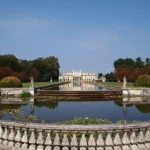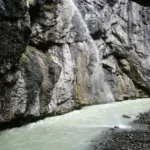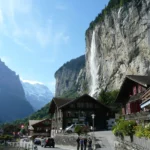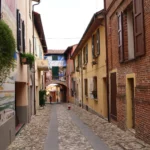Last Updated on 15/11/2023
Tivoli with its Villa d’Este and Villa Gregoriana is the best option for a day trips from Rome. And even for two trips, since there is still Villa Adriana. You will be able to see three different beautiful parks with fontains, waterfall or ancient buildings and get away from the sun and crowds of Rome.
Read about Villa Adriana, located 4 km from Tivoli
Rome
Rome Museums
Rome Fontains
How to get to Tivoli
By train from Roma Tiburtina (1 hour, runs 1-2 times per hour).
Or by bus from metro stop B Ponte Mammolo, line L002. The bus station is located next to the metro stop.
Buses take from 40 minutes to 1 hour 10 minutes and can get stuck in traffic jams. On the bus company’s website they say that the schedule is not guaranteed. Buses leave often, but have a little differently routes, although you will still arrive at Tivoli.
Tivoli map
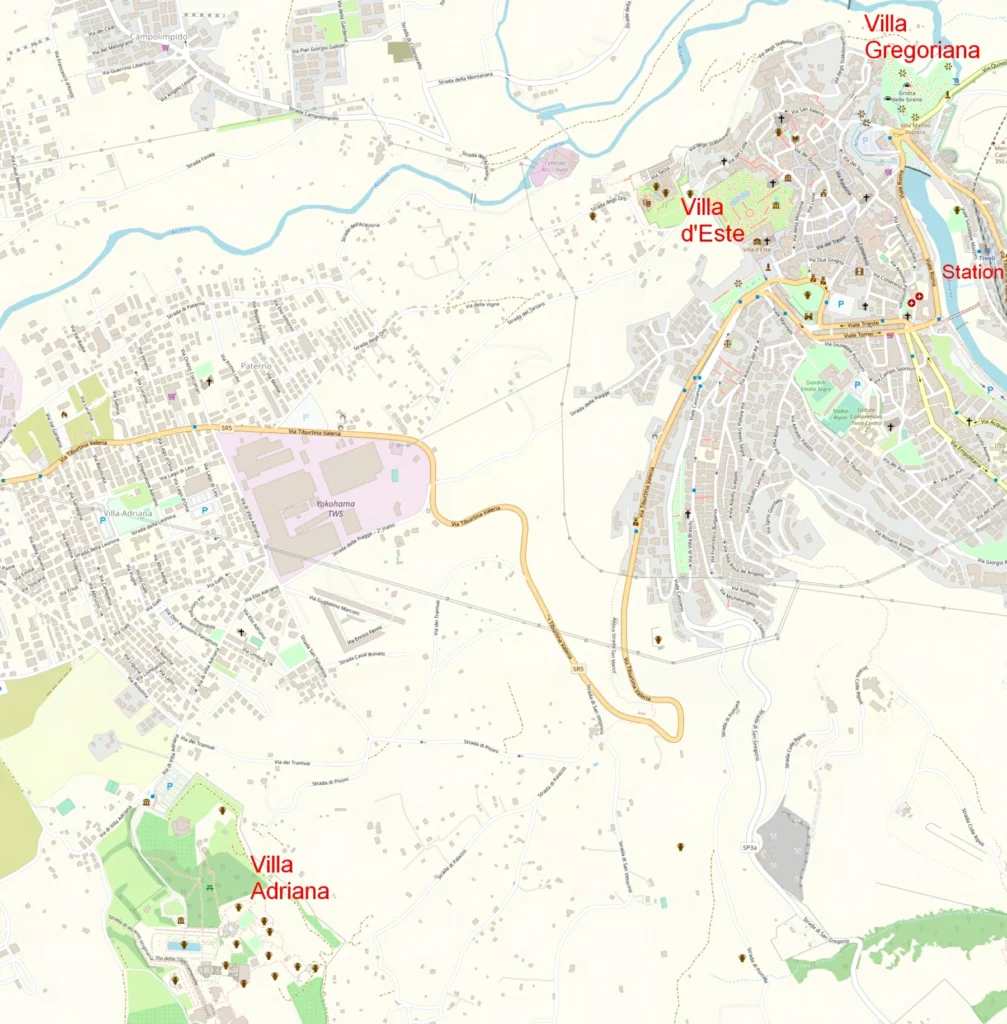
A little history
Who exactly founded the ancient city of Tibur (1215 BC) is not entirely clear. There are different versions. The city was a rival of Rome until it was conquered by it. After this, the noble Romans set up something like a resort for themselves in Tibur and built numerous villas, the most luxurious of which was the villa of Emperor Hadrian.
Over time, the name Tibur transformed into Tibori, Tiboli and, finally, Tivoli. However, the residents of the city are still more often called Tiburtins.
In the Middle Ages, the Tiburtines tried to be independent from Rome and until the 15th century maintained some independence.
During the Renaissance, popes and cardinals began to build villas for themselves here. Pope Pius 2 built the Rocca Pia castle in 1461 (after 1700 it was used as a prison until 1960).
In 1549, construction began on a villa for Cardinal Hippolyte d’Este. Like Adriana’s Villa, Villa d’Este is now protected by UNESCO.
Tivoli is also famous for its vineyards and olive groves and for the quarry of travertine, which was used in the construction of most Roman buildings.
During World War II, Tivoli was heavily damaged by Allied bombing.
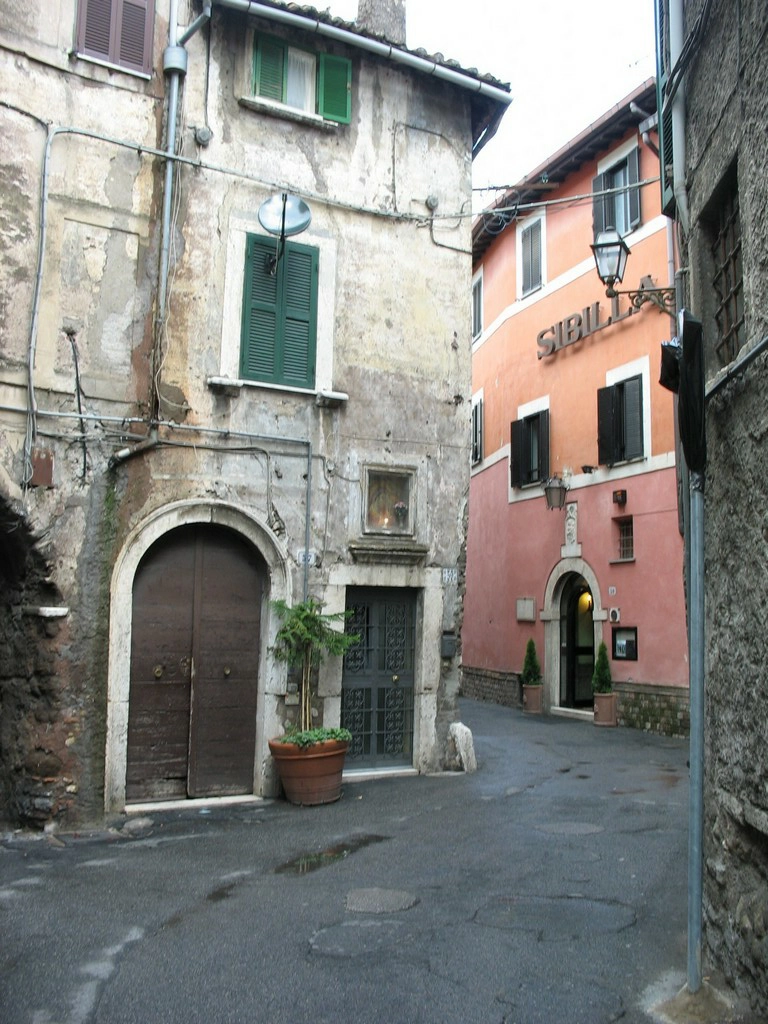


Villa d’Este Tivoli
Cardinal Hippolyte d’Este, son of Lucrezia Borgia and Alfonso d’Este, received part of the monastery in Tivoli as a residence, which did not suit him. He bought a plot of land, changed the shape of the slopes, and built an underground canal to supply water to the fountains. The difference in levels creates natural water pressure for the fountains.
The old monastery was converted into a villa. Work continued until 1572, when the cardinal died. The decoration of the villa continued under his heirs. The villa soon became famous and influenced garden art in Europe, the creators of parks in Versailles and Vaux-le-Vicomte.
From the 18th century the villa was neglected but saved in the second half of the 19th century thanks to Cardinal Gustav von Hohenlohe. Since 1920, the villa became the property of the state.
When planning your trip, allow about two hours for the tour. The villa is passed second if you come from the train, and first if you come from the bus.
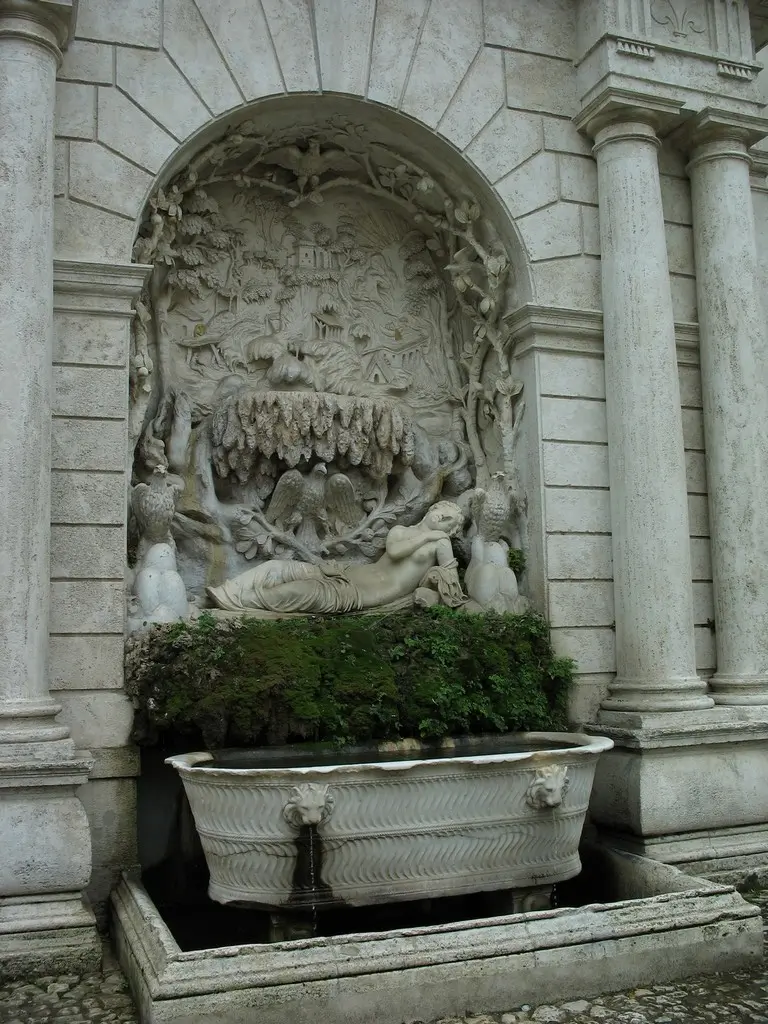

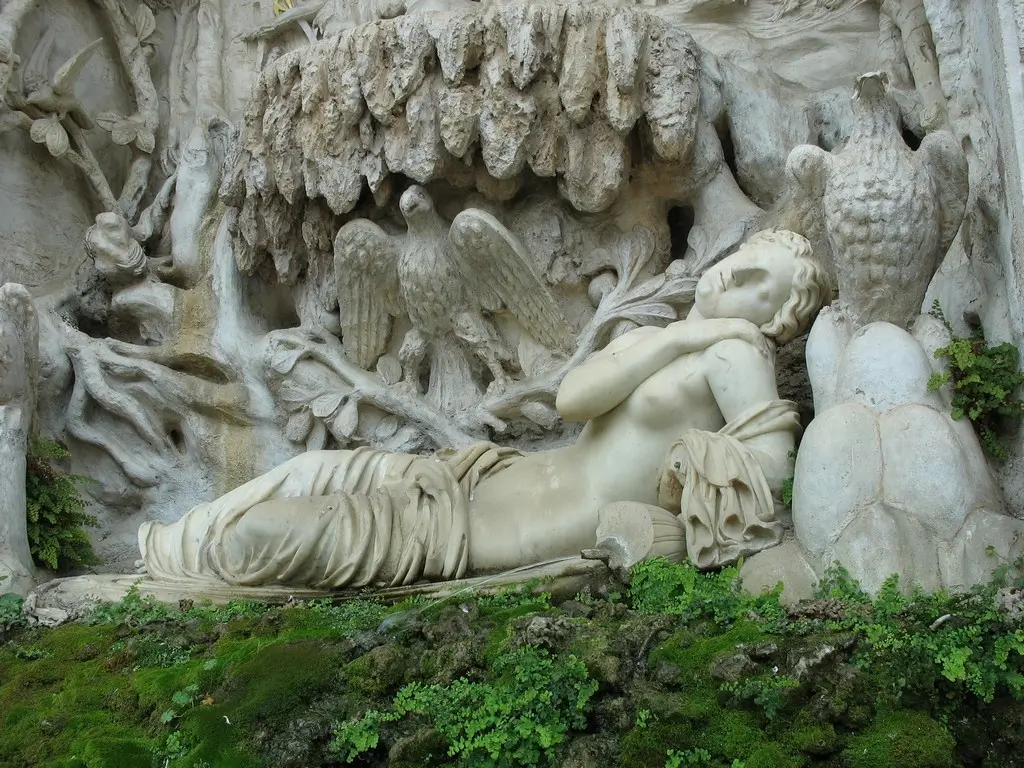
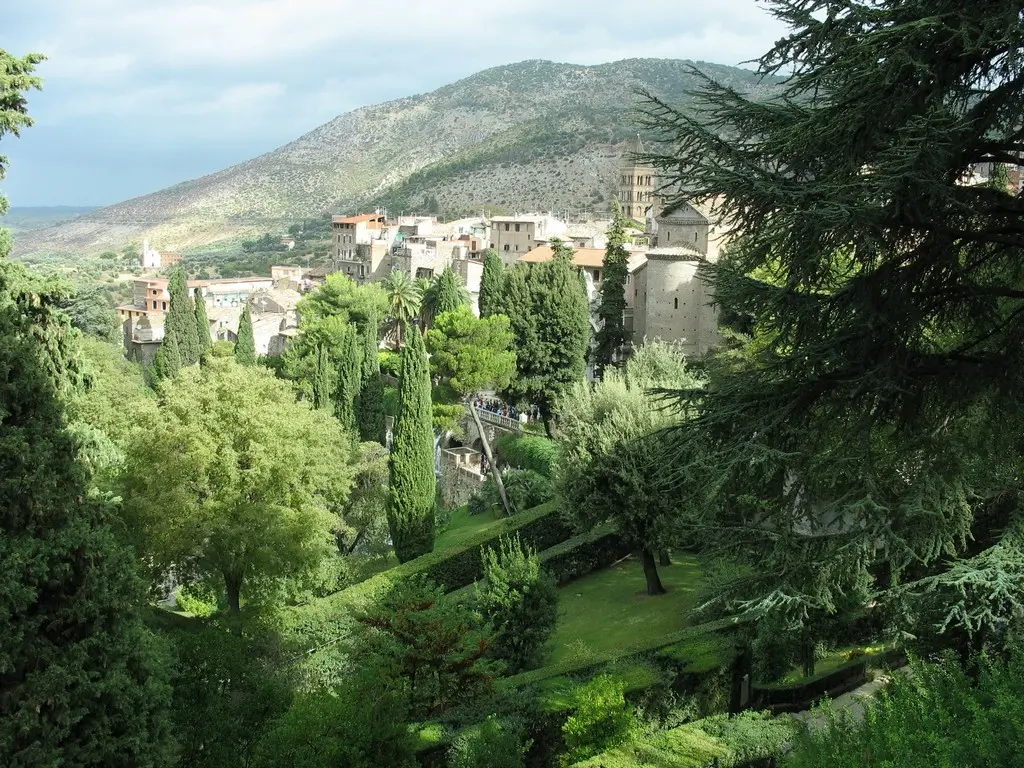
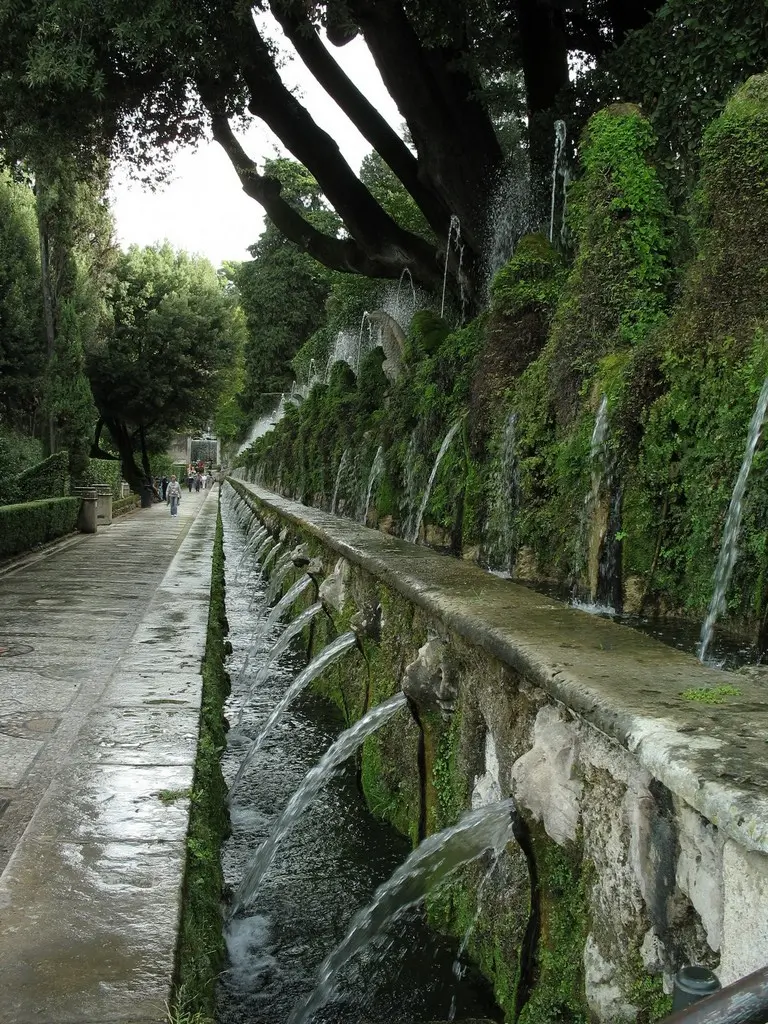
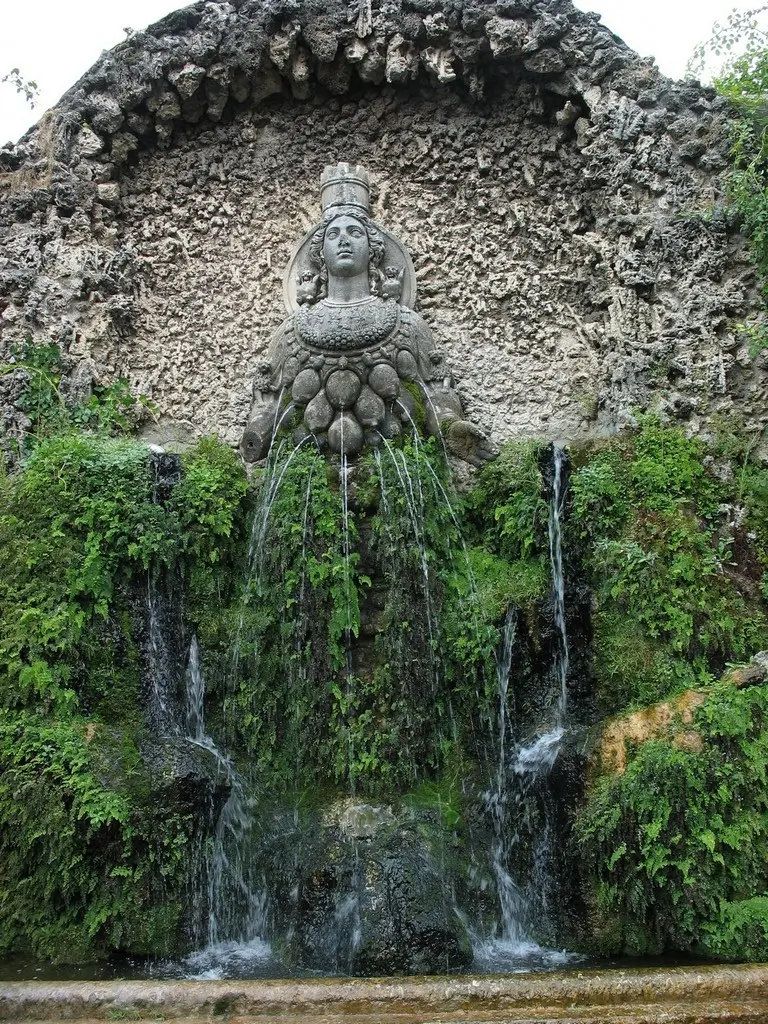
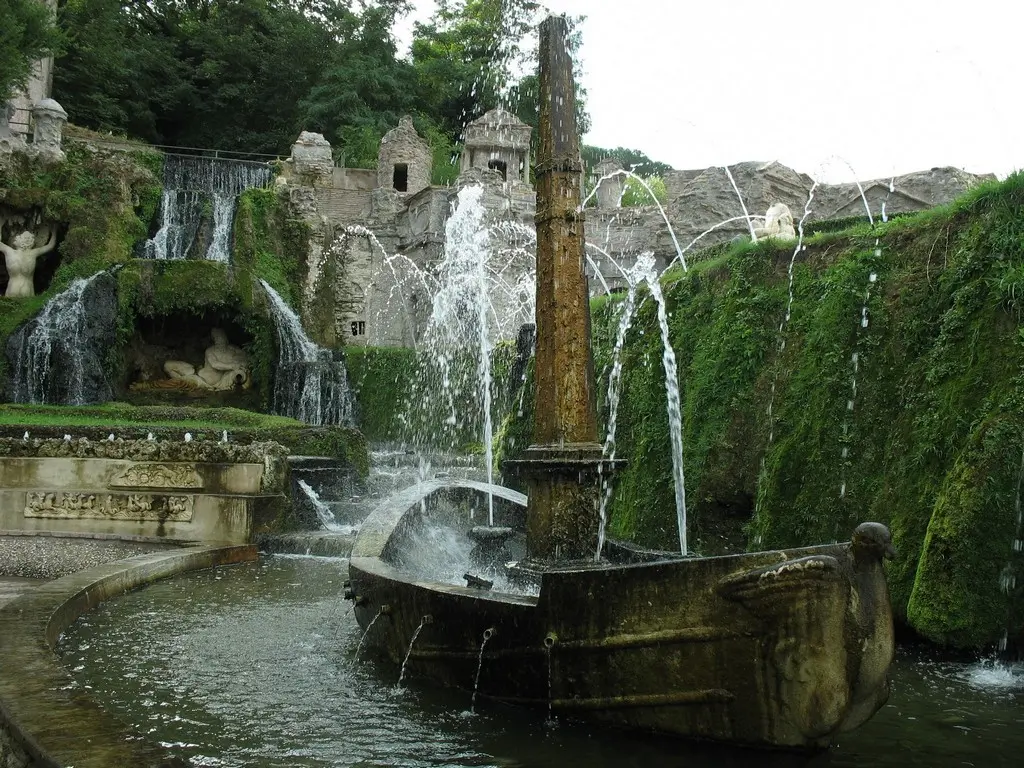
The construction of the building is very simple; the original paintings of the decorations have been preserved. The main thing in the estate, of course, is the garden. There are many fountains created on the slopes planted with trees, which are useless to describe; it is better to see with your own eyes.
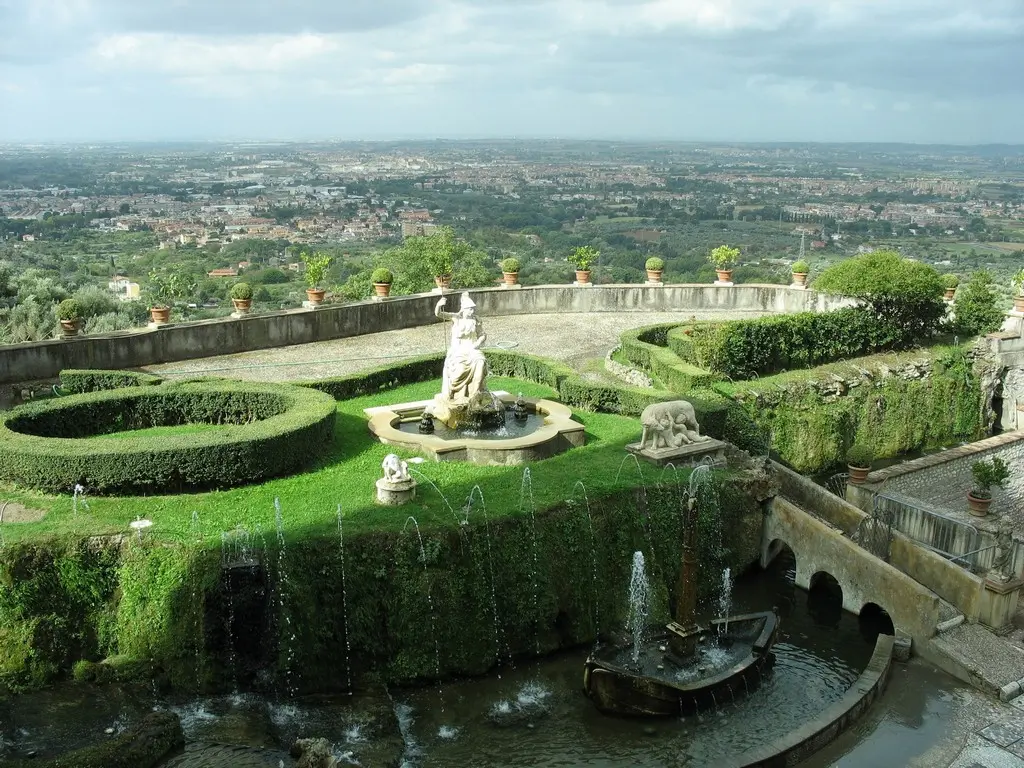

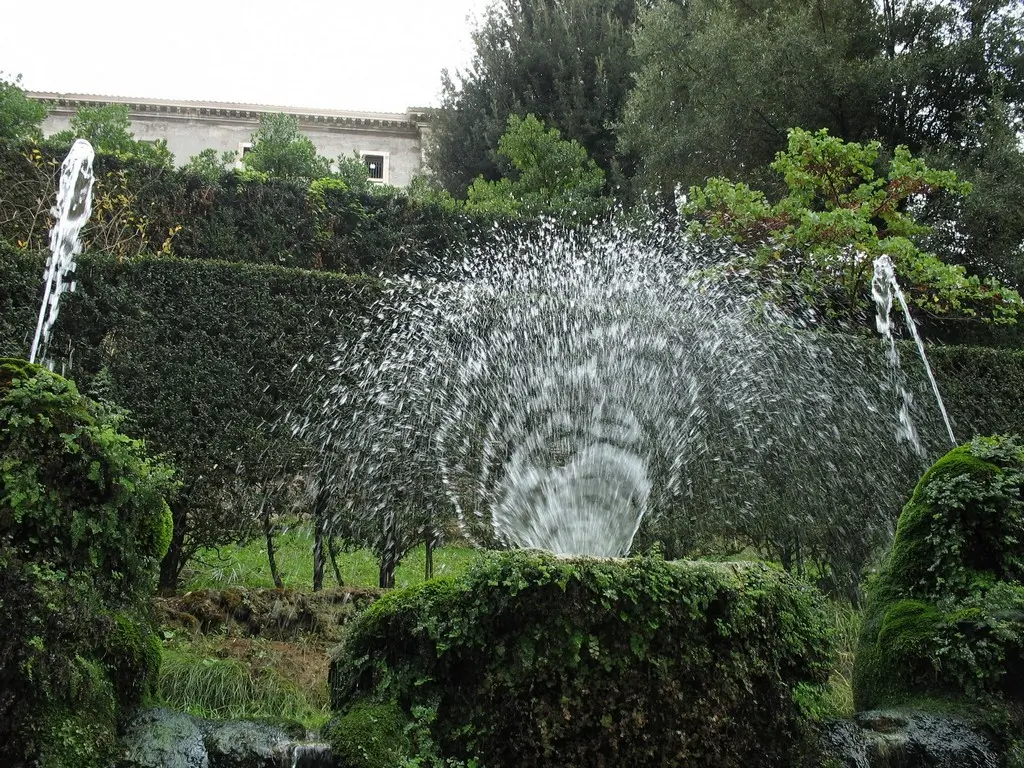

Most of the fountains work all the time, two on a schedule: the water organ works at 10.30 (and then every 2 hours), the Civet fountain – 10.00 (then every 2 hours).

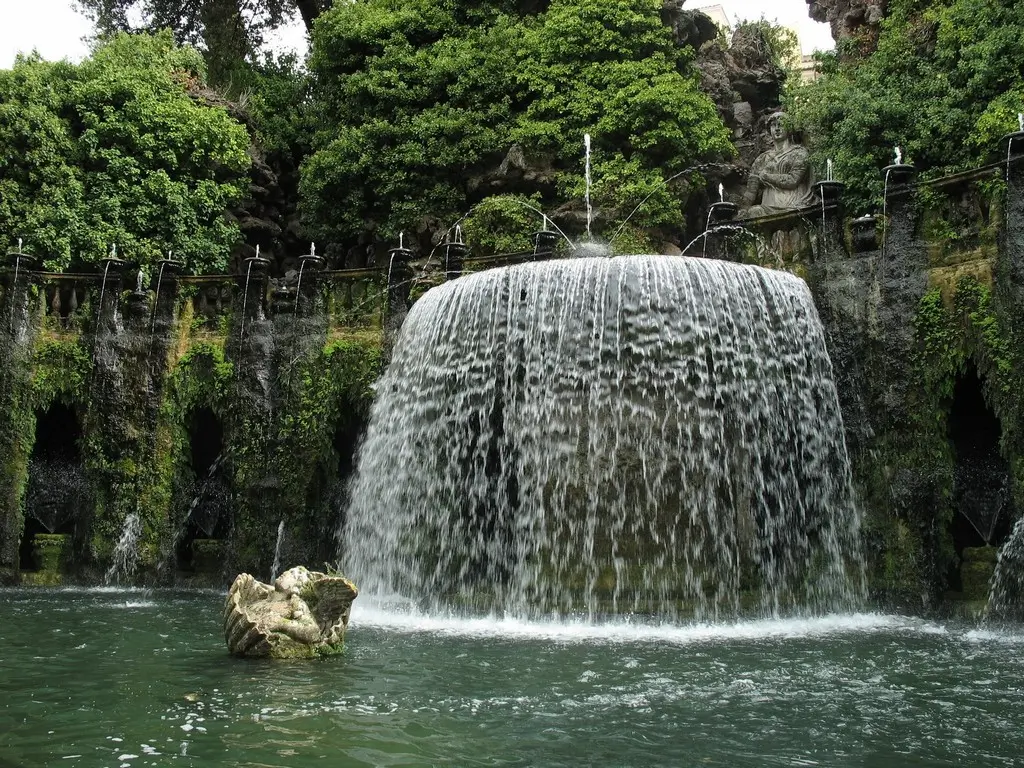


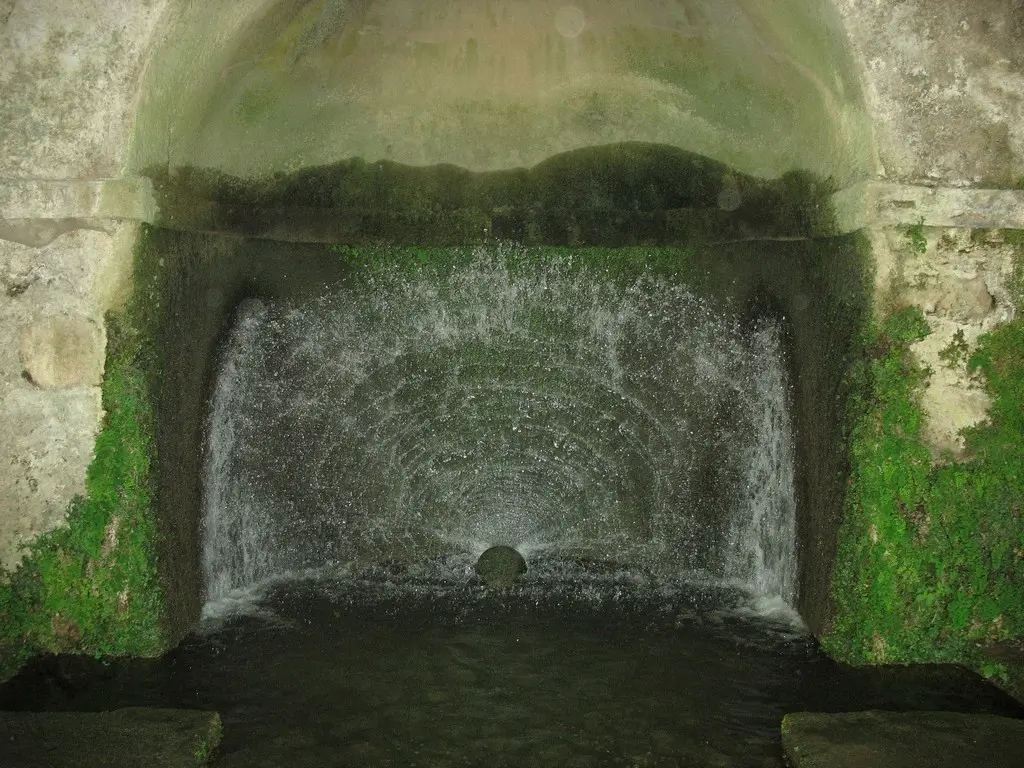

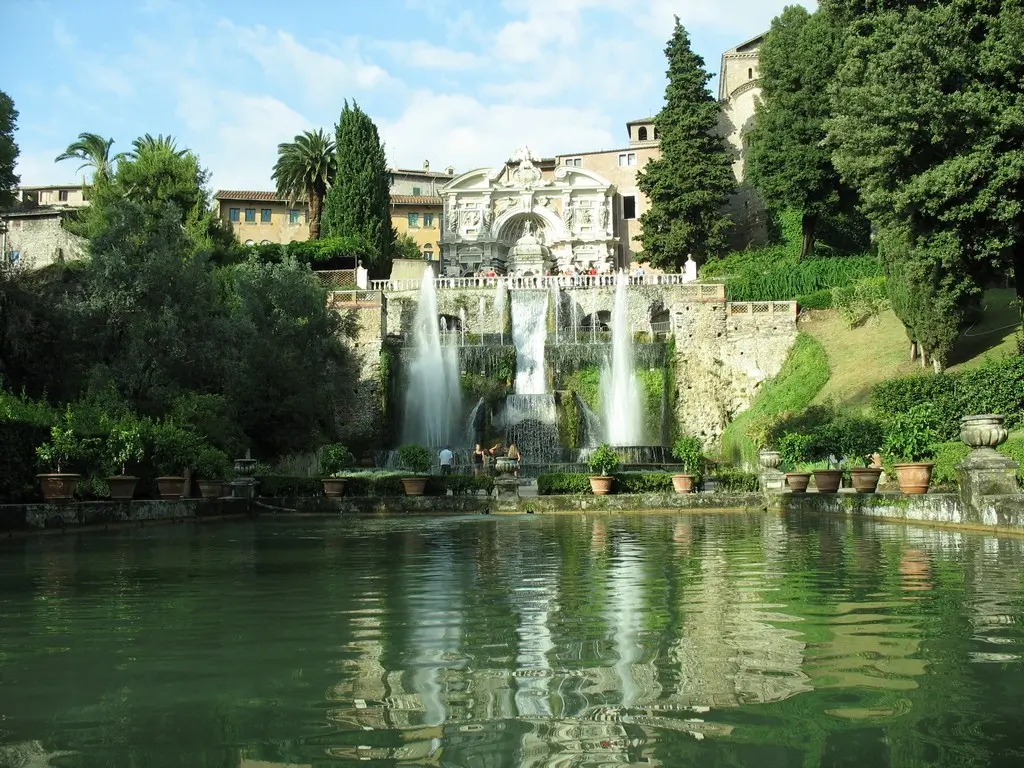
Villa Gregoriana
Actually, Villa Gregoriana is not a villa, but a park. It was laid out by the decision of Pope Gregory 16 after the Aniene River overflowed its banks and swept away houses in the old city. The river was hidden into a tunnel, and a waterfall was made at the end of the tunnel.
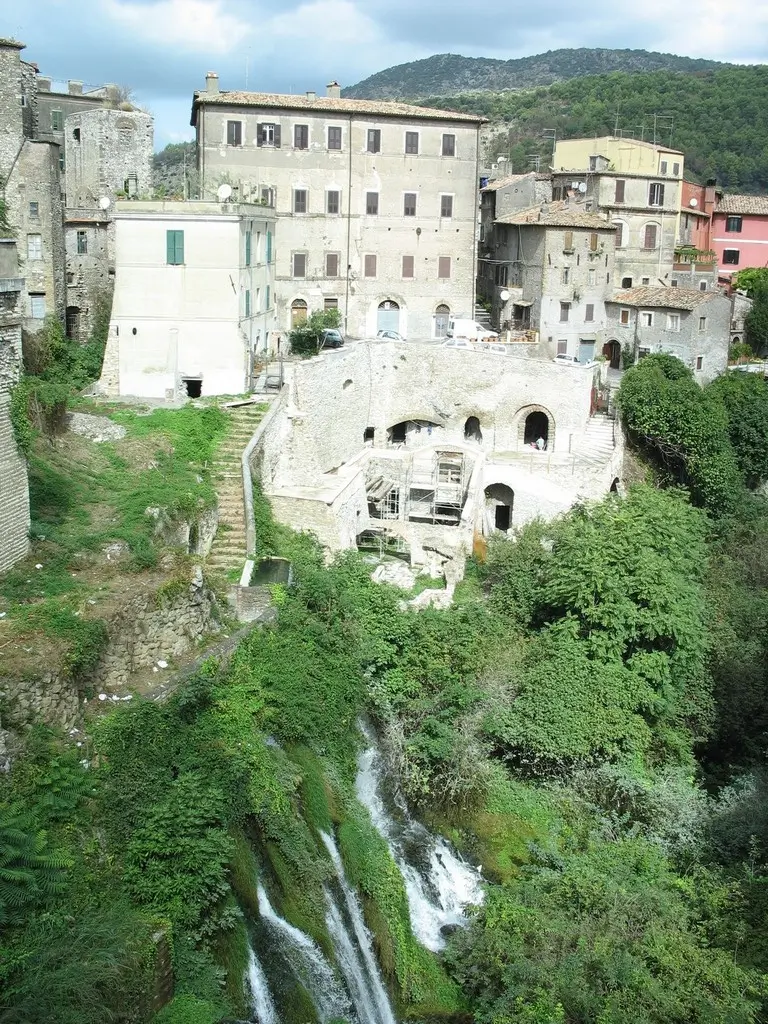
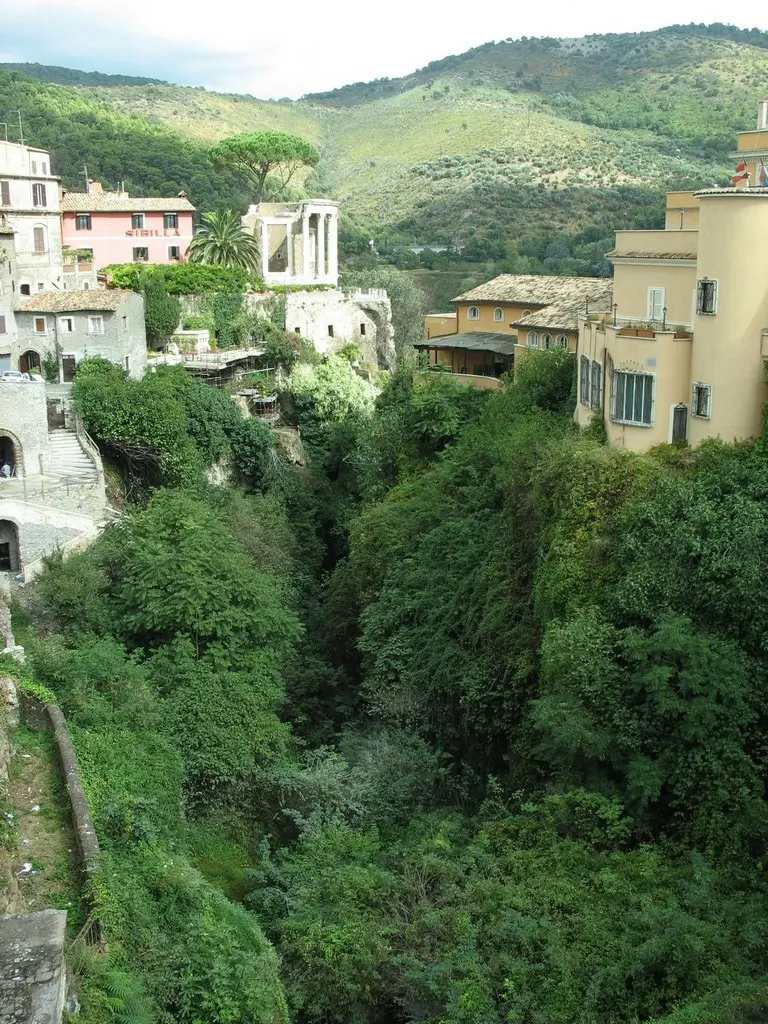
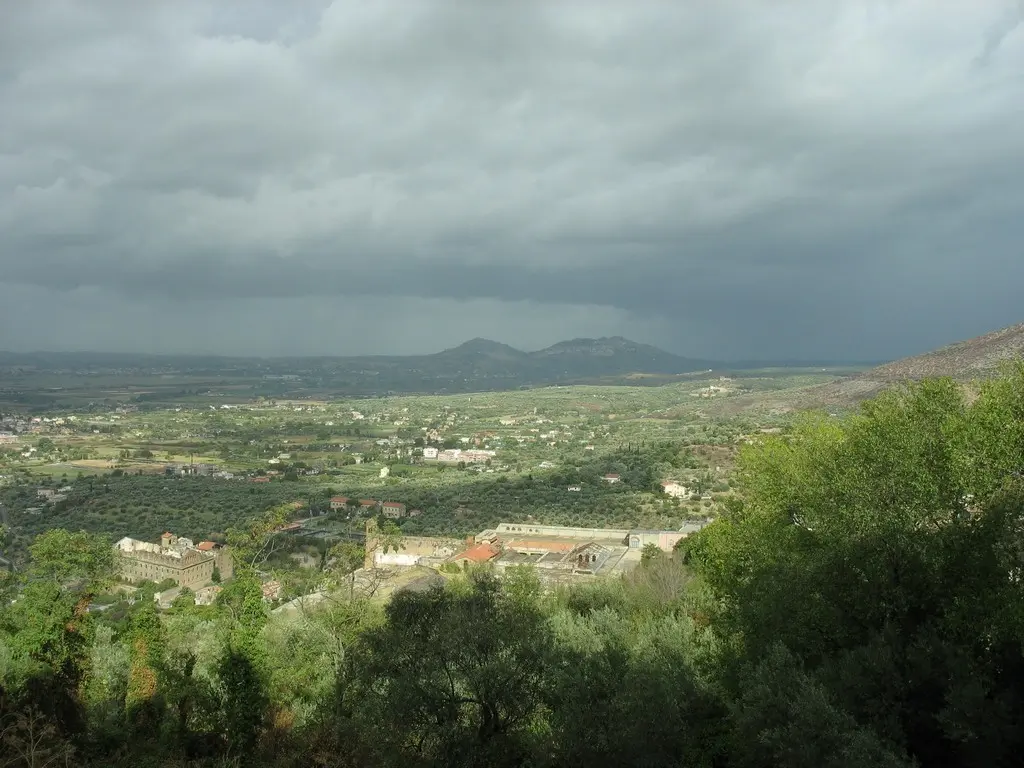
Romantic nature, waterfalls, caves and no people, small size – the park is highly recommended for relaxation.

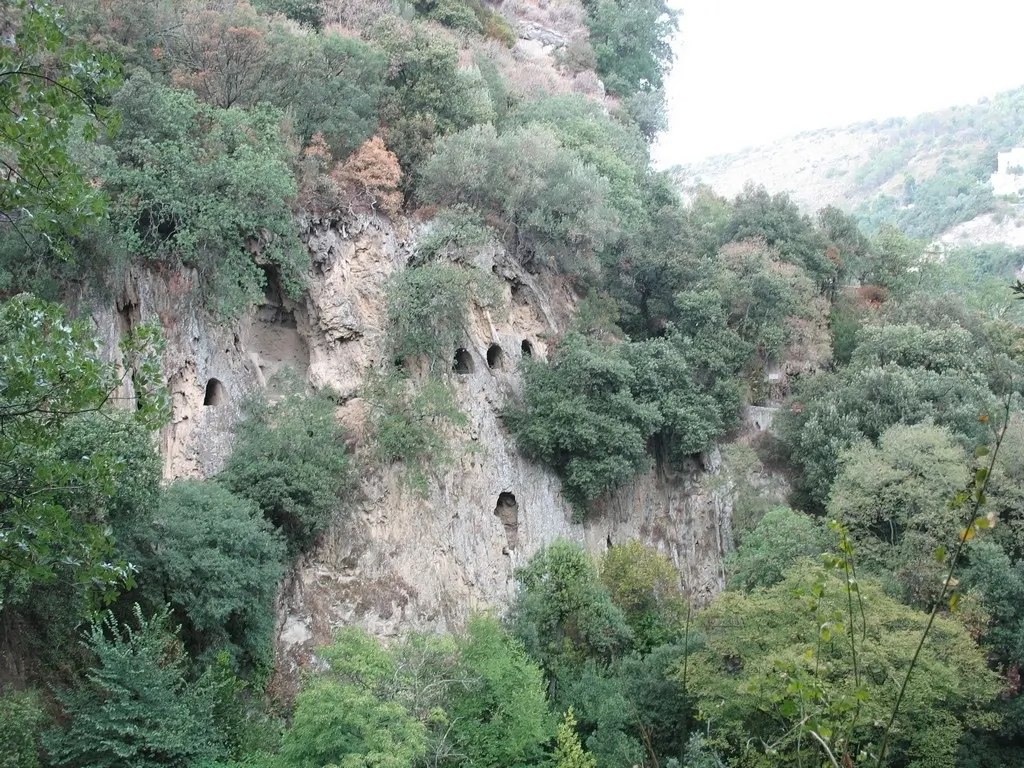

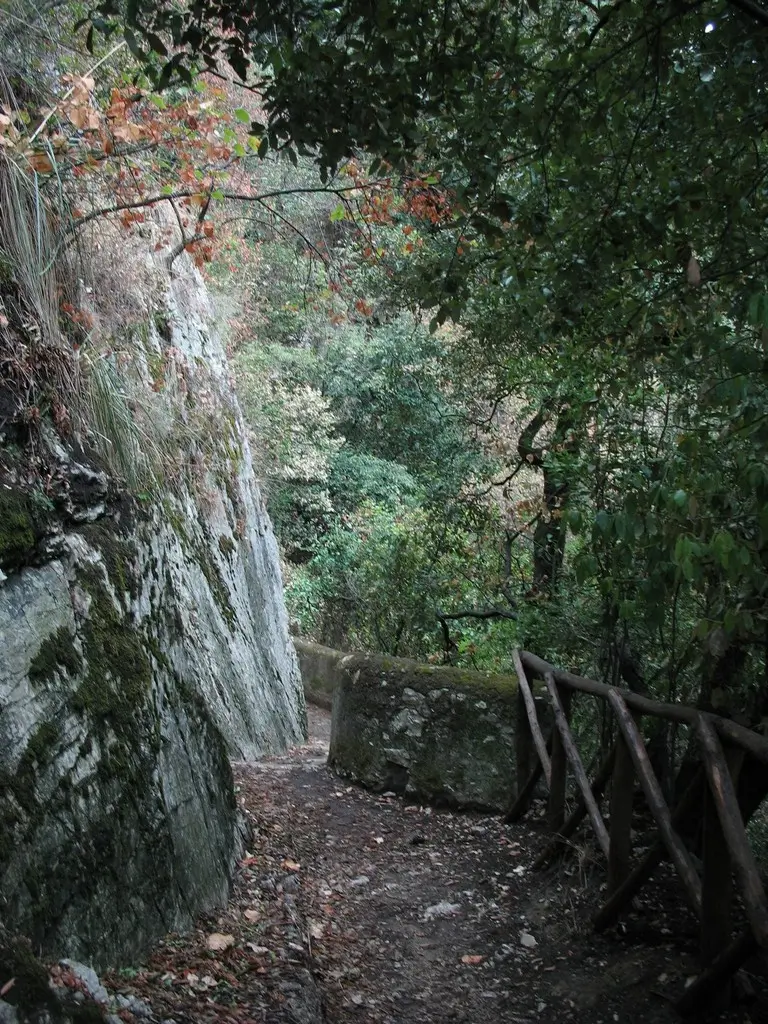

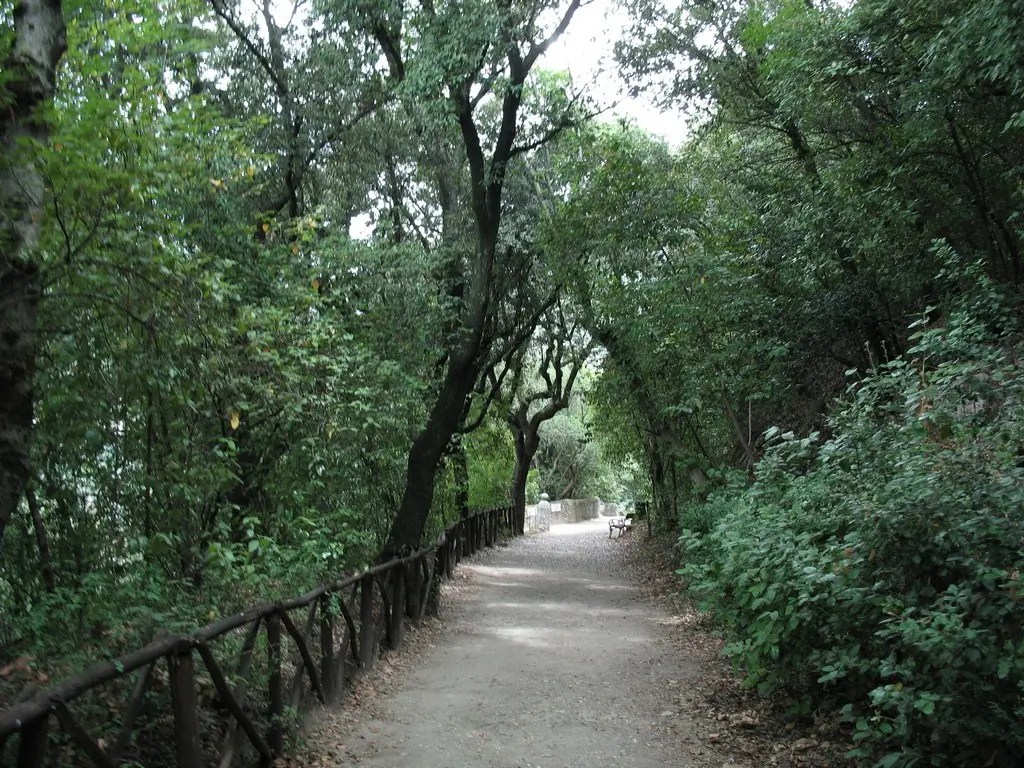
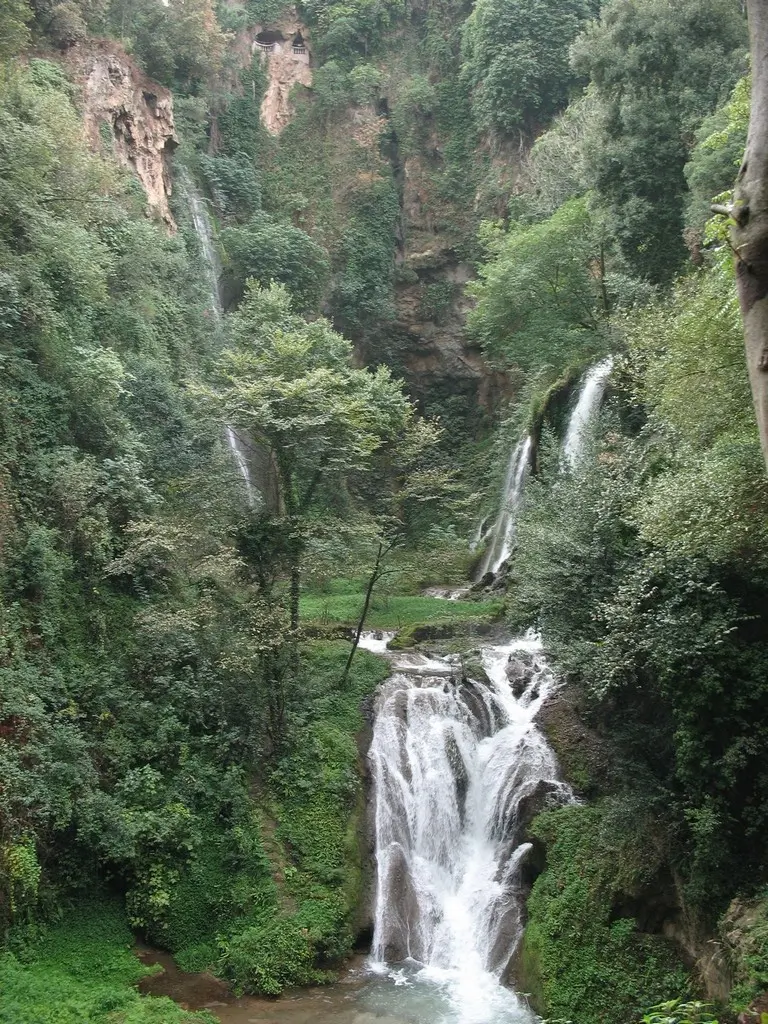


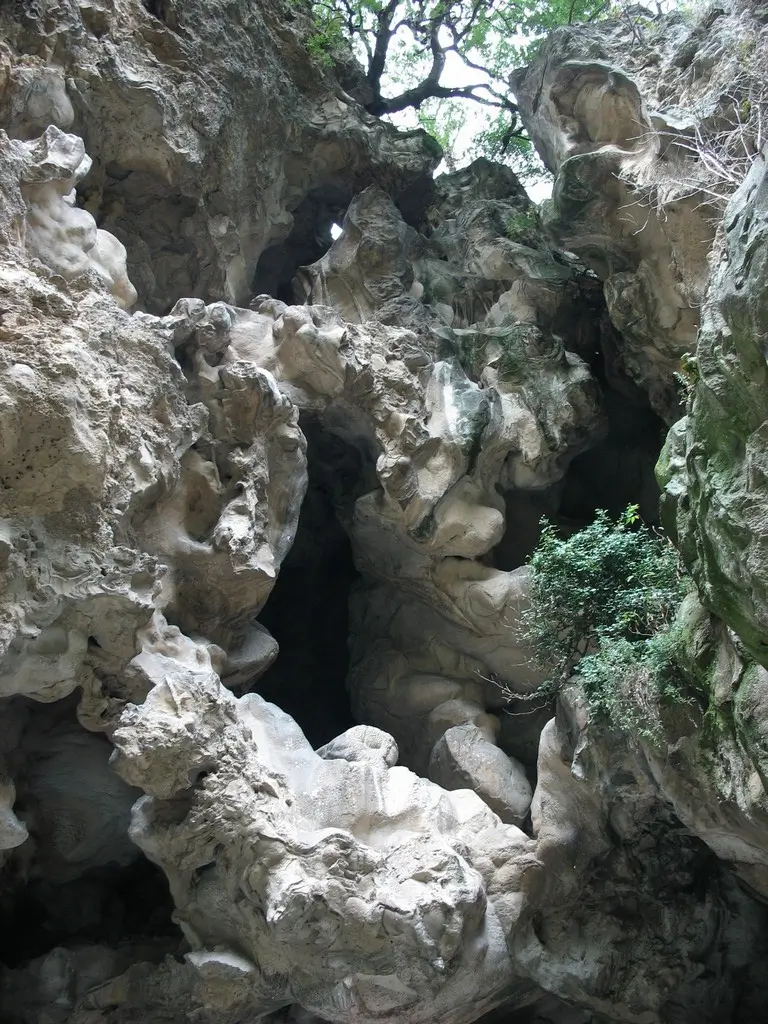

Villa Adriana
Ancient Rome
Renaissance and barocco Rome
Rome museums
Rome fontains
Do you enjoy the site without cookies? This means that I work for you at my own expense.
Perhaps you would like to support my work here.
Or change your cookie settings here. I don’t use personalized ads

